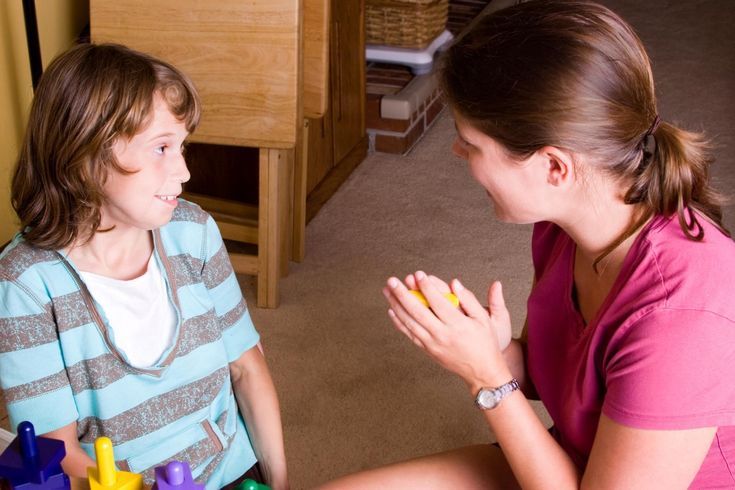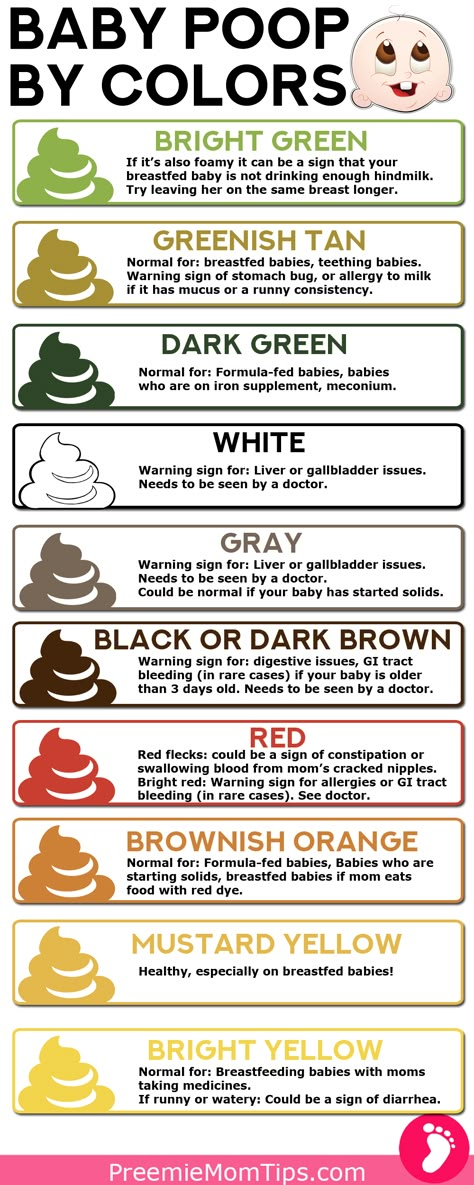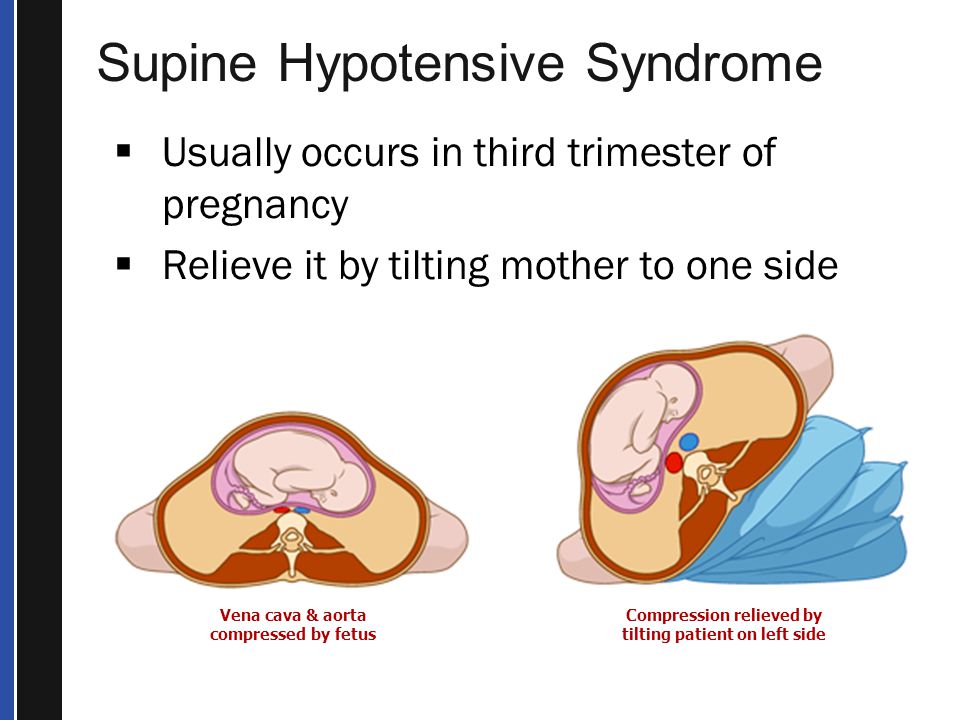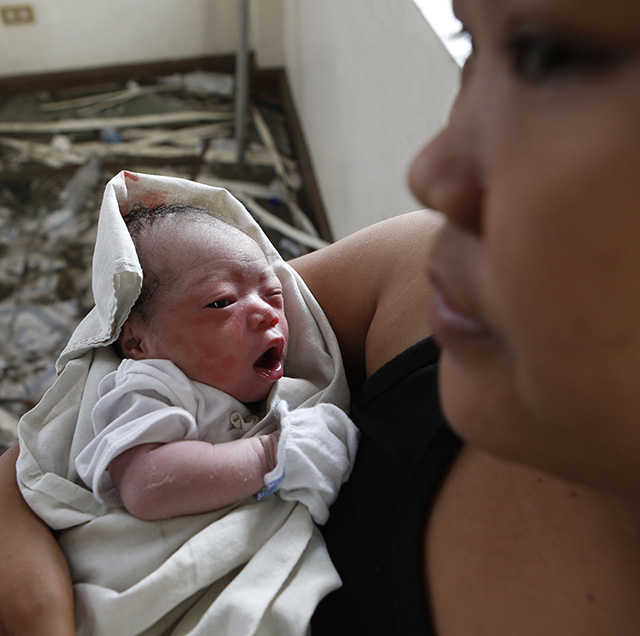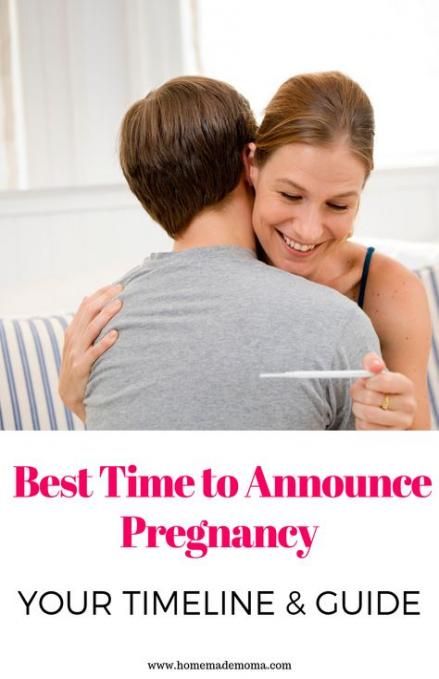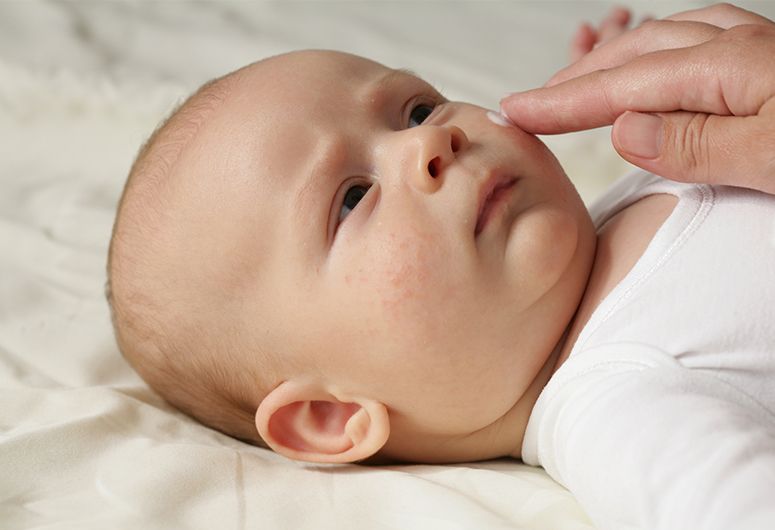Do you still ovulate during pregnancy
Can You Get Pregnant While Pregnant? It’s Rare But Possible
There are plenty of reasons to not love every minute of pregnancy — morning sickness, leg cramps, and heartburn, just to name a few — but the freedom to have sex with your partner whenever you want without worrying about birth control is one of pregnancy’s bigger selling points.
After all, you can’t get pregnant when you’re pregnant, right? RIGHT?!
Sorry to be the bearer of mind-blowing news, but everything you thought about pregnancy and fertility is pretty much wrong. OK, not everything… just enough to make it necessary for us to inform you that — technically — you can add another bun to your oven even when one’s already cooking in there.
A double pregnancy, or superfetation, is extremely rare — in fact, there aren’t even stats on how often it happens — but it’s scientifically possible. We’re not saying you should worry about it happening to you, just that you can’t say that it’s impossible. Here’s why.
There are three things that happen to your body when you get pregnant that make it super unlikely you’ll be able to get pregnant again in the next 9 months:
- You stop ovulating. You need to produce a healthy egg in order to get pregnant. Once that egg has been successfully fertilized and implants in your uterus, pregnancy hormones tell your ovaries that you don’t need to ovulate anymore right now.
- Speaking of your uterus, it gets pretty tough for another fertilized egg to implant once the first one has nestled in there. The uterine lining thickens to support the first egg and that makes it hard for another to attach itself.
- During pregnancy, your cervix produces something called a mucus plug, which not only protects your uterus from infection but also prevents sperm from passing through the cervix.
Any one of these things — ovulation, second implantation, or sperm getting through in the first place — happening after conception would be unusual.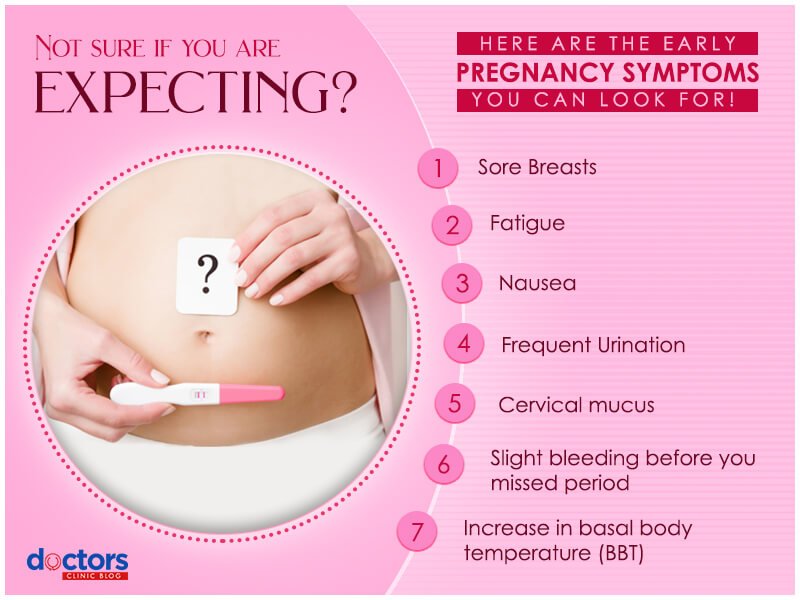
Having all three of them happen, resulting in superfetation, is practically unheard of. (We mean this literally: Medical experts can only point to about 10 confirmed cases in the literature, as evidenced by a 2017 article.)
In order to have a double pregnancy, you’d have to either ovulate while pregnant or have two uteri. Both of those scenarios, again, are highly unlikely.
Ovulating during pregnancy happens so infrequently doctors haven’t been able to study why it may occur.
While uterine abnormalities aren’t quite as uncommon, doctors typically see people with a divided or partially formed uterus, not two separate uteri.
This condition, called didelphic uterus, is rare. While it can cause a double pregnancy, it’s more likely to result in a miscarriage than two pregnancies at the same time.
Since double pregnancy happens so infrequently, there’s no definitive info about how close in gestational age the two fetuses would be.
A 2013 study suggests these fetuses are usually conceived between 2 and 4 weeks apart, so it’s likely to be something that happens within a short window of time after the first conception.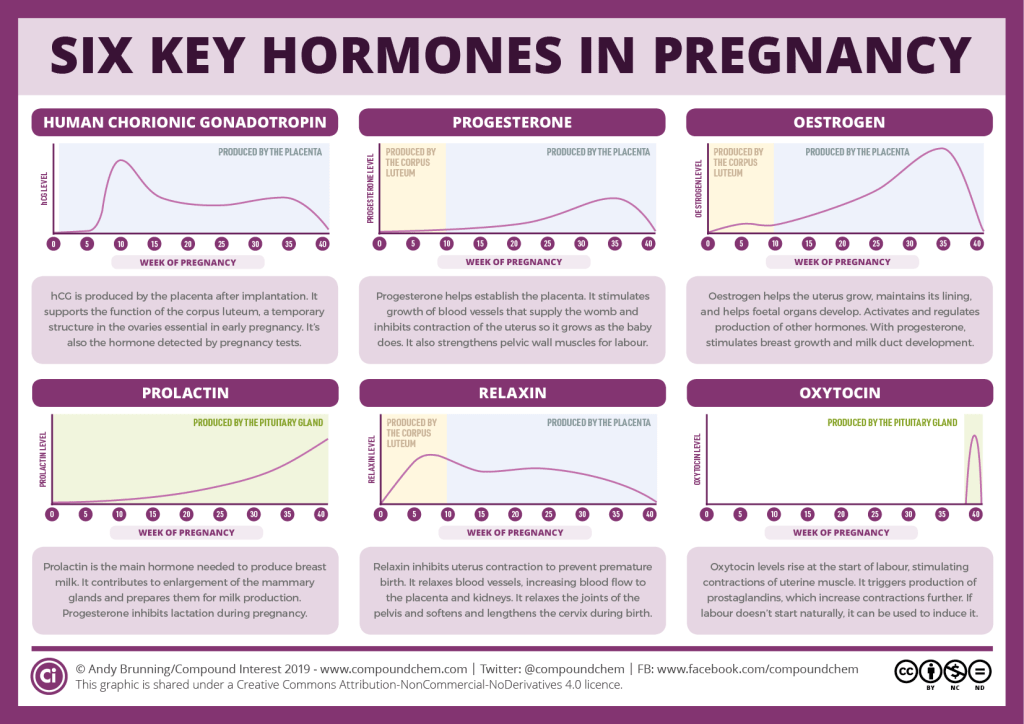 Considering that the average length of time between menstrual cycles is about 28 days, that makes sense.
Considering that the average length of time between menstrual cycles is about 28 days, that makes sense.
As far as the timing of labor and delivery, a double pregnancy can complicate things a little but not dramatically. You wouldn’t be dealing with, say, a 7-month-old fetus and a 3-month-old one.
Your babies will be close in age. For the most part, babies born between 37 and 38 weeks gestation have healthy outcomes, so you could — in theory — schedule a delivery that falls somewhere in between the younger and older babies’ estimated due dates.
There have been a handful of confirmed double pregnancies over the years, including:
- Jessica Allen agreed to be a surrogate for a Chinese couple. When it was discovered she was carrying two fetuses, doctors assumed the embryo had split into twins. After delivering the babies, however, both Allen and the biological parents were confused about how different in appearance they were. DNA testing eventually confirmed that one baby was the biological child of Allen and her husband while the other was the biological child of the Chinese parents.
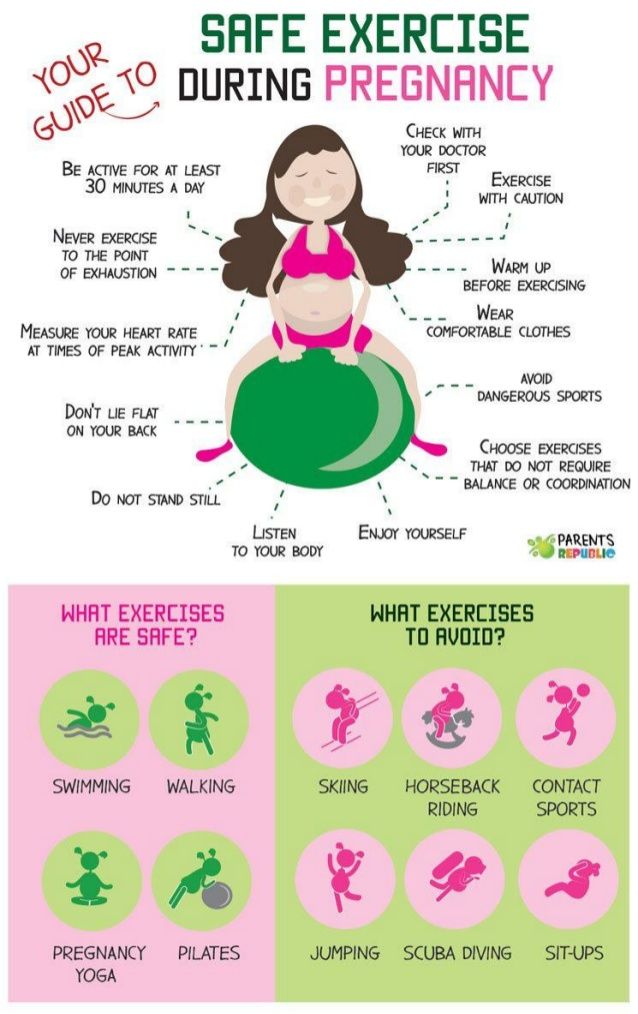
- Julia Grovenburg became pregnant with one baby in early 2010 and then conceived another roughly 2 and a half weeks later. The superfetation was discovered by her doctor during an ultrasound, which revealed the babies were growing at two different rates within two different uterine sacs. The babies also had two different due dates but were ultimately born via cesarean section on the same day.
- Kate Hill conceived two babies 10 days apart after receiving treatment for polycystic ovary syndrome. She and her husband were trying to conceive but only had sex once — despite the two eggs being fertilized separately.
Twins happen when a fertilized egg splits in two after implantation (for identical twins) or when two separate eggs are fertilized at the same exact time (for fraternal twins).
These are different from superfetation, which occurs when two eggs are fertilized during separate instances of ovulation.
In other words, twins are conceived during the same ovulatory cycle.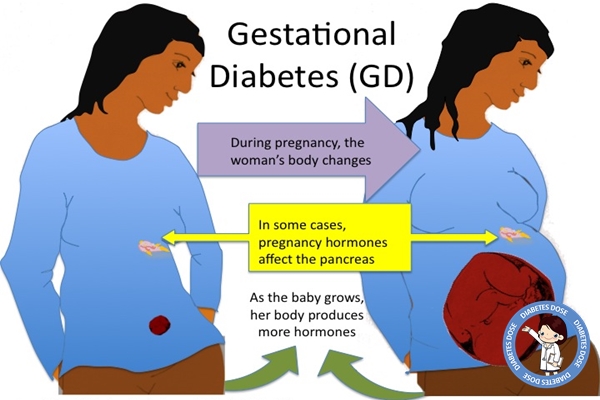 In superfetation, one egg is fertilized and implants in the uterus, and then — during a secondary ovulatory cycle — another egg follows suit.
In superfetation, one egg is fertilized and implants in the uterus, and then — during a secondary ovulatory cycle — another egg follows suit.
As far as knowing when a double pregnancy has occurred instead of the more likely twin conception, it’s fairly tough to decipher before the babies are born.
Two of the indicators — a significant difference in gestational size and a second baby suddenly appearing on a later ultrasound — can have other explanations. For example, it’s more reasonable to assume that the fetuses are simply growing differently or that an ultrasound technician missed the second fetus the first time around.
After birth, of course, a marked difference in the babies’ physical appearance (like being of two different ethnicities, as in Jessica Allen’s case) is a strong enough sign that DNA testing may be warranted, which would confirm or rule out superfetation for certain.
Further complicating things, there’s a similar-but-different biological phenomenon called superfecundation, which refers to fraternal twins with two different fathers.
This happens when two eggs are released during one ovulatory cycle, with each one being fertilized by sperm from a different male partner. A woman would need to have sex with two different men within the short window of ovulation, which is typically about 5 days.
Since the eggs are released, fertilized, and implanted during the same ovulatory cycle, superfecundation isn’t the same as a double pregnancy. It’s almost equally as rare, though. One study from way back in 1992 estimated it had happened in about 2 percent of the twin cases examined.
Once more for the people in the back: This situation happens so infrequently that doctors can’t say if the risks of carrying and delivering babies with a double pregnancy are higher or not than in traditional pregnancies.
If both fetuses are developing normally, there may not be any increased risks in carrying them. On the other hand, problems may arise if one is significantly “younger” in gestational age or less developed than the other.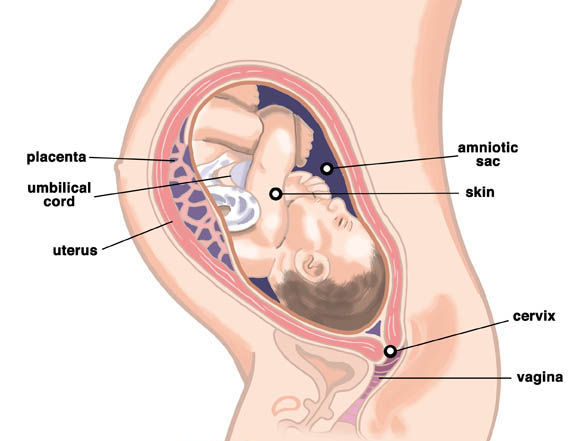
Beyond that, a person facing delivery with a double pregnancy would simply have the same risks as anyone delivering multiples. Those risks include low birth weight, preeclampsia, and preterm delivery, among others.
Do you need to be worried about winding up with a superfetation situation? Probably not. It can happen once in a blue moon — and if you’re an extremely rare case, it could explain why your “twins” aren’t developing along the same growth pattern.
Otherwise, consider this a fun fact to pull out at parties: Yes, you can (in theory) become pregnant while pregnant.
Do You Ovulate When Pregnant? – Knix
JANE FLANAGAN / FERTILITY PREGNANCY
Your menstrual cycle is typically interrupted by pregnancy. This means when you are pregnant, you typically don’t ovulate or menstruate. The body “switches gears”, so to speak, and focuses on developing the growing embryo.
However, on rare occasions (i.e. undergoing fertility treatment), fertilization and implantation of a second embryo may occur during an ongoing initial pregnancy.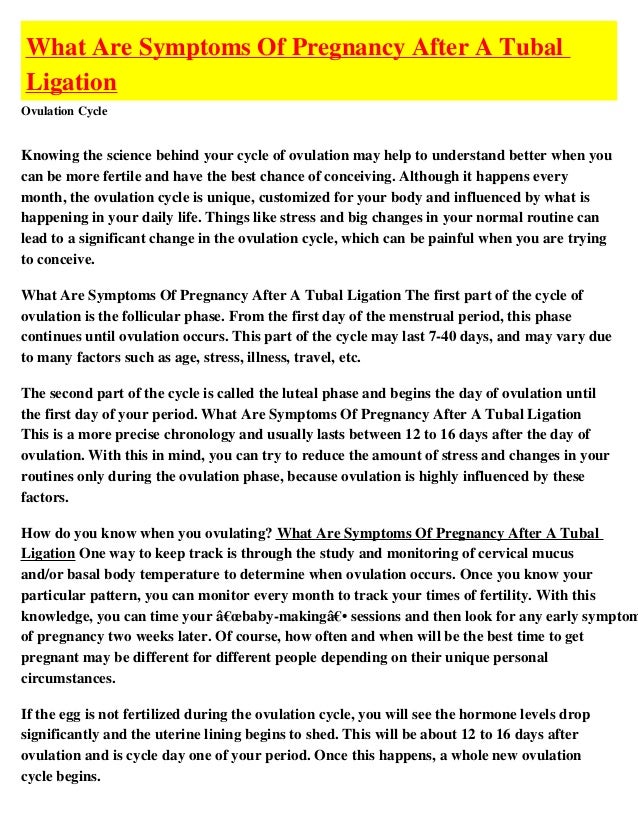
In this article, we’ll explain the key phases of a menstrual cycle and then look more closely at what happens during ovulation. Then we will dive deeper with simple terms, into current theories surrounding the complex and rare occurrence of superfetation, which by definition is when a woman becomes pregnant during a different ovulatory cycle, while already pregnant.
Your Menstrual Cycle: The Structures and their Phases
Your monthly menstrual cycle can be divided into 3 phases occurring in two different structures at the same time.
Structures:
- The ovary
- The uterus
Phases:
The Ovary
- Follicular
- Ovulation
- Luteal
The Uterus
- Secretory
- Proliferative
- Menstruation
The most commonly referenced menstrual cycle is 28 days. However, the normal range for many adult women of reproductive age is 21-35 days.
Many also experience irregular menstrual cycles, which can be caused by a variety of differing factors.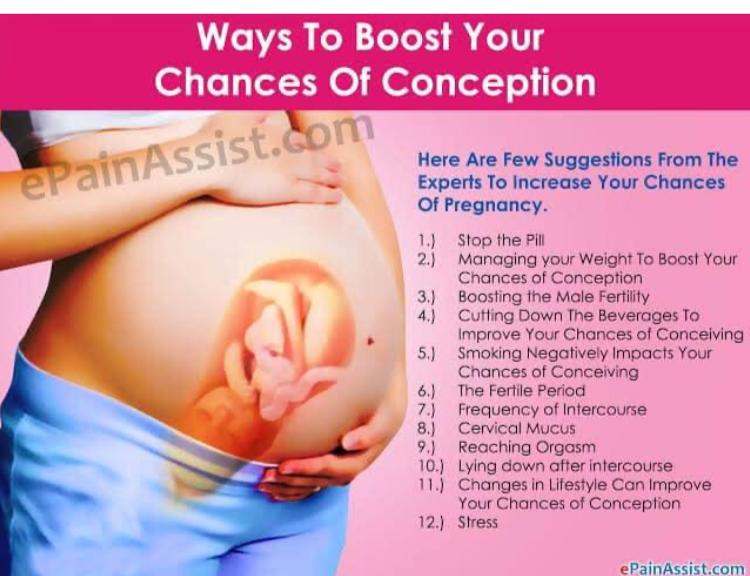 Tracking the menstrual cycle can be helpful in collecting information and detecting any abnormalities or deviations from your normal menstrual baseline.
Tracking the menstrual cycle can be helpful in collecting information and detecting any abnormalities or deviations from your normal menstrual baseline.
What Is Ovulation?
In women of reproductive age, the ovary releases a follicle (oocyte) each month, around days 13–15 of a 28-day menstrual cycle.
After the oocyte is released from the ovary (ovulation), it moves into the fallopian tube. The rupture of the ovarian follicle during ovulation can cause some light spotting, and some can even feel it happen.
Ovulation is controlled by the release of specific hormones like (i.e. luteinizing hormone (LH) from the pituitary gland (also in the brain) at a specific time within the menstrual cycle. The predictability of ovulation can be affected by other hormone levels as well as stressors.
What Happens After Ovulation?
After ovulation, the oocyte moves through the fallopian tube for 12–24 hours, waiting to be fertilized by sperm. Your sex drive may also increase during ovulation. It’s worth noting that sperm can live inside a female body for up to 5 days, so the window for getting pregnant is longer than just a couple of days.
It’s worth noting that sperm can live inside a female body for up to 5 days, so the window for getting pregnant is longer than just a couple of days.
If the egg is not fertilized during that time, it disintegrates (breaks down), and menstruation (your period) begins approximately two weeks (14 days) later.
Ovulation and Pregnancy: ‘The Fertile Window’
For those trying to get pregnant and have a baby, knowing when you might be ovulating is important. Your most fertile days ("the fertile window") are the five days leading up to and including ovulation. The fertile window is when you’re most likely to get pregnant. So, having sex during your fertile window gives you the best chance of ensuring the egg is fertilized by sperm, so you become pregnant.
Taking Advantage of the Fertile Window
As previously mentioned, ovulation is a calculated process. Not to mention, the woman's reproductive cycle is just one side of the equation, i.e. knowing when you're likely to get pregnant is only part of the picture.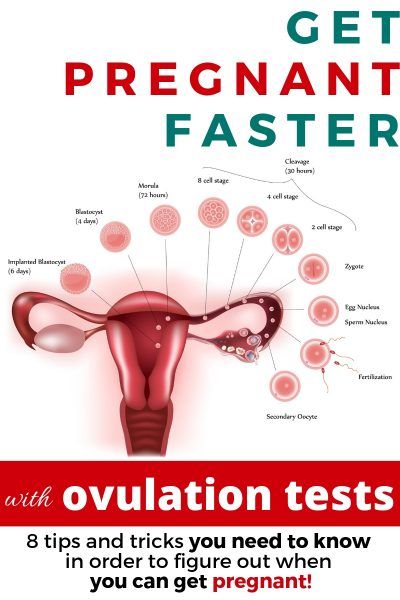 Sperm health is also key in your chances of getting pregnant.
Sperm health is also key in your chances of getting pregnant.
When you ovulate, an egg is released from a mature follicle in your ovary. The ruptured t follicle transforms into a structure known as the corpus luteum, which exists for two weeks post-ovulation.
The corpus luteum releases mainly progesterone which works to maintain the lining of your uterus (the endometrium) in preparation for implantation of a fertilized egg.
When Does Ovulation Happen?
Every person’s cycle is different. Some have longer periods than others. So the timing of ovulation is not always the same in every woman's cycle, and there can also be a normal variation between cycles in the same person.
A normal menstrual cycle in an adult can be anywhere between 21 to 35 days and21 to 45 days in teens. Tracking your menstrual cycle can be extremely helpful in understanding your normal.
How Do You Count Your Menstrual Cycle?
Your menstrual cycle range is counted from the first day of one menstrual period to the first day of the next menstrual period.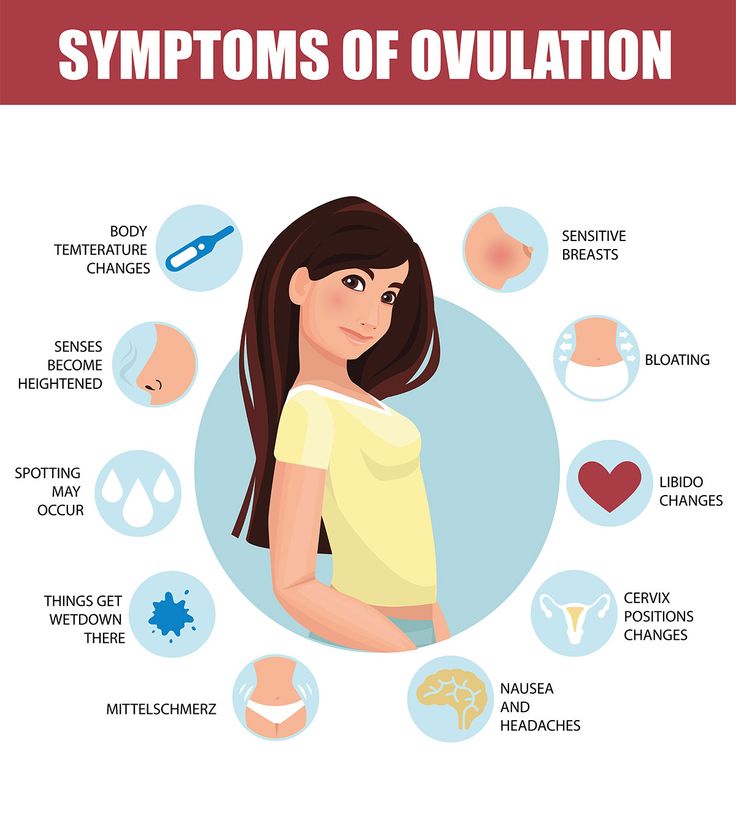 Typically ovulation is counted backwards and is about 13-15 days before the first day of your menstrual period flow.
Typically ovulation is counted backwards and is about 13-15 days before the first day of your menstrual period flow.
When Are Your Most Fertile Days?
If your average menstrual cycle is 28 days and the first day of your cycle is day 1 of your menstrual period, ovulation typically occurs between days 13-15. Thus, you want to have sex every day or every other day, five days before your fertile window (day 13-15) and continue through your fertile window.
If your average menstrual cycle length is 35 days, ovulation typically happens between days 20-22. Therefore, sexual intercourse should begin five days prior to day 20.
Signs of Ovulation
Ovulation often goes completely unnoticed by women. However, when you ovulate, there are some trackable signs.
Ovulation Symptoms
- Your basal body temperature falls: Your basal body temperature drops a little bit just before the egg is released from your ovary. Then, 24 hours after the egg's release, your body temperature rises, and the temperature stays up for several days.
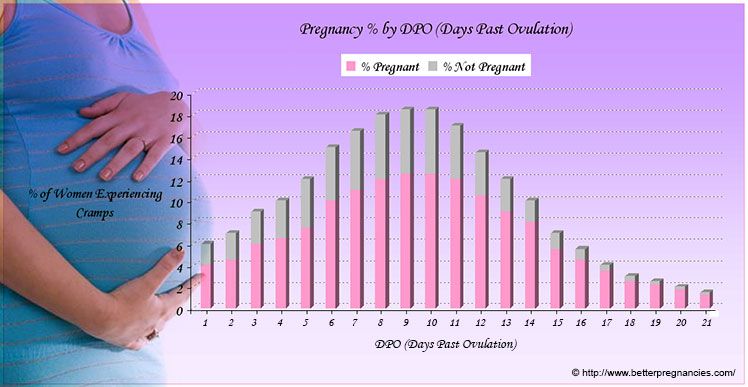
- Cervical mucus changes: The changes in your discharge over the course of your menstrual cycle also hold clues about fertility and when you might be ovulating. If your cervical mucus is:
- Dry, absent, thick, sticky: ovulation is less likely
- White, creamy: Ovulation may be coming
- Clear, slippery and stretchy (cervical mucus is an egg white texture): The probability of ovulation and thus conception is highest.
- Your cervix softens and opens up: As you approach your most fertile time, your cervix softens. This is sometimes known as having a short, high, open, and wet cervix (SHOW) and is a sign of high fertility.
- You may experience a slight twinge or cramping: “Mittelschmerz” translates literally as “middle pain” and is the name for the slight twinge or cramp that some women experience during ovulation (when the follicle releases the egg).
- Spotting: When the ovary releases an egg, a mature follicle ruptures to allow the egg to be released.
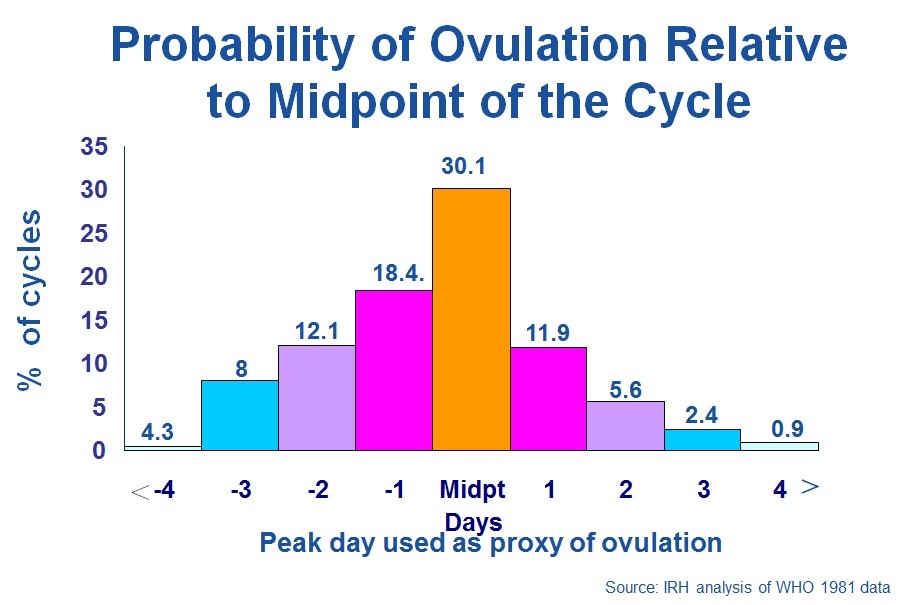 This may be a cause of spotting for a day or so.
This may be a cause of spotting for a day or so.
What Usually Happens When You Get Pregnant?
When you get pregnant, a fertilized egg is implanted in your uterine lining (the endometrium) and grows into an embryo.
The corpus luteum produces progesterone to maintain the lining of the uterus (endometrium) in a way that facilitates implantation and growth for 14 days. If human chorionic gonadotropin (HCG) is produced by the developing placenta, this stimulates the corpus luteum to continue progesterone production, until the placenta itself takes over the production of progesterone. HCG is detected in urine during a pregnancy test.
Hormonal Changes
The hormonal fluctuations after becoming pregnant are different (and rightfully so!) from your usual menstrual cycle.
Pregnancy hormones usually “interrupt” the usual menstrual cycle so that the lining can remain intact for the developing embryo.
These hormonal changes help prepare the woman’s body for a developing fetus and a healthy pregnancy).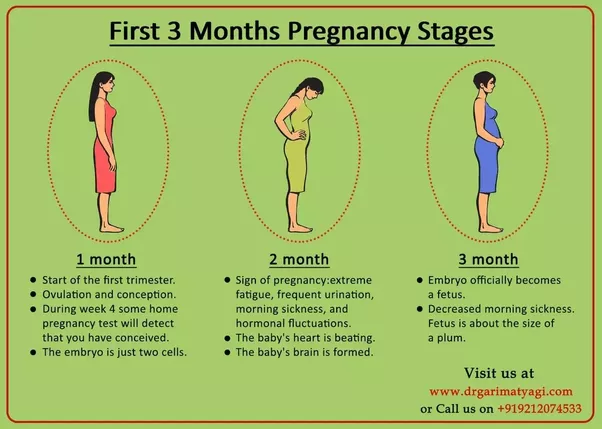
According to this article in the New York Times, “Ordinarily, the release of eggs [ovulation] ceases once a woman is pregnant, and the hormonal and physical changes of pregnancy work together to prevent another conception.”
There is a Rare Exception: Superfetation
Theoretically, based on pregnancy physiology, it would be impossible or highly unlikely for a woman to ovulate after getting pregnant.
However, it is speculated that it is possible to overcome the natural physiological barriers to superfetation with advanced reproductive therapies (i.e. fertility medications used to improve chances of pregnancy).
Superfetation is, by definition, what happens when a woman becomes pregnant, during a different ovulatory cycle, while already pregnant. Superfecundation is a similar but different term that refers to the fertilization of two eggs during the same ovulatory period via separate instances of sex (same or differing partners) or artificial insemination during the ovulatory period.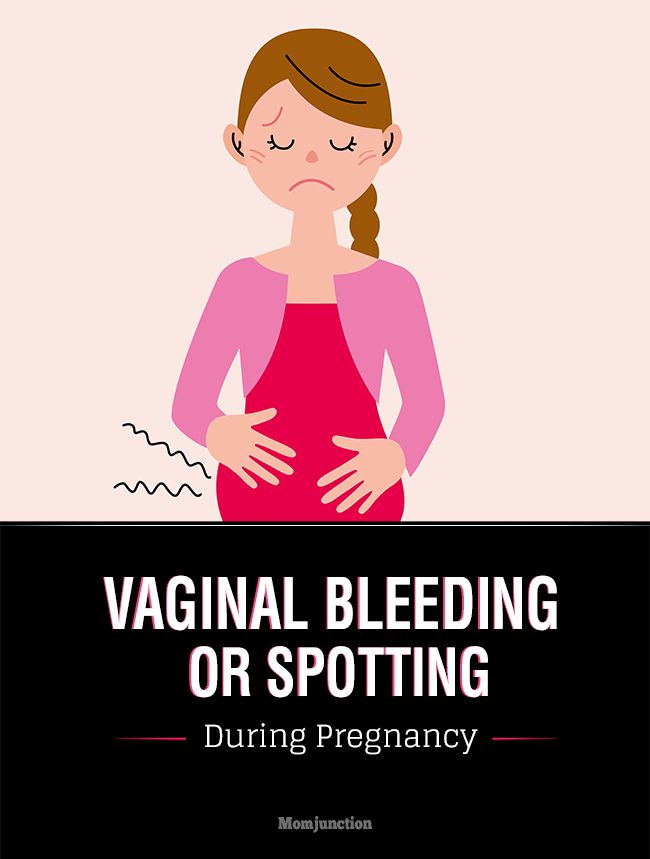
While it’s common to certain animals (e.g., rodents, rabbits, horses, sheep, kangaroos, badgers, and mink), it is rare in humans.
How Does Superfetation Occur?
Theoretically, in order for superfetation to occur, a series of unlikely events must happen. These include:
- Spontaneous ovulation during pregnancy.
- Additional sperm would have to be present in the fallopian tube or would have to travel through a pregnant uterus.
- The endometrium must be able to accept a second pregnancy.
The first step alone is unlikely to happen because the hormones released during pregnancy typically block future ovulatory cycles. Of the few cases of superfetation reported, the cause of this has usually been that the person was undergoing advanced reproductive therapies, i.e. fertility treatment.
To give you a real sense of how rare this is, according to a 2008 paper published in the European Journal of Obstetrics and Gynaecology, there have only been 10 cases recorded in medical history.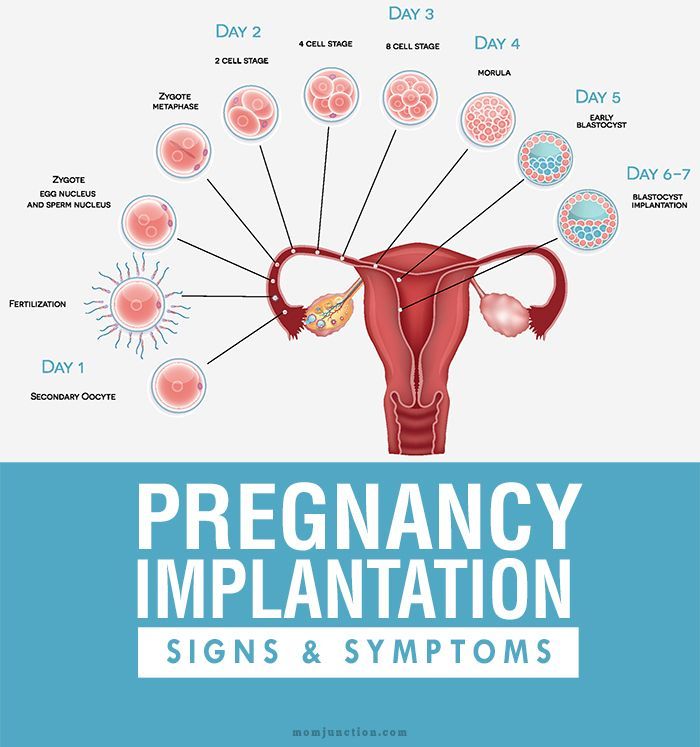
Other Factors That Can Disrupt Your Menstrual Cycle
Odds are most of us have experienced a late or missed period related to stress at least once.
Your menstrual cycle is a very calculated and hormone-dependent process that can be disrupted by fluctuations in hormone levels due to stress and other causes.
Though you shouldn’t panic, some of the factors that can disrupt your menstrual cycle can also be cause for medical concern. Here are some examples.
- Stress & anxiety: Increased stress may trigger many reactions, including stress hormone (cortisol) fluctuations. Increased levels of cortisol in response to stress may cause changes to your health, including irregularities in menstrual bleeding. For some, breakthrough bleeding may be a sign that you're experiencing high levels of emotional stress.
- Exhaustion: Feeling jet-lagged or suffering from insomnia? Healthy sleep habits are key, and sleep deprivation can impact the regularity of your menstrual cycle.
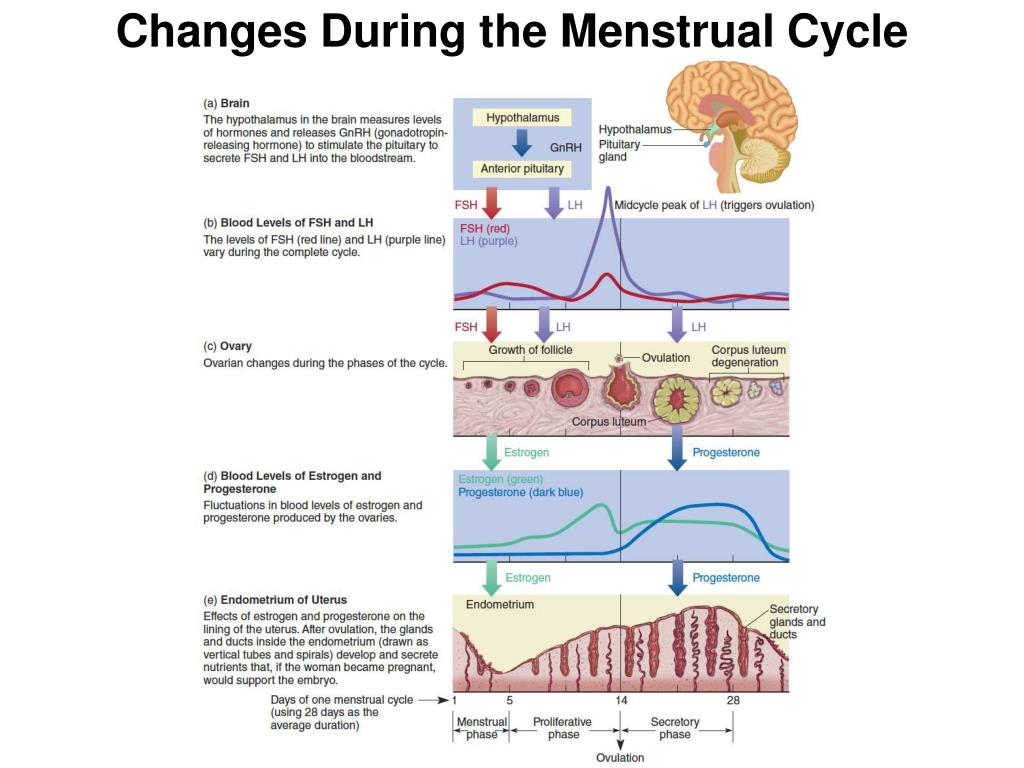
- Diet & eating disorders: Nutrition is key for general wellbeing, including reproductive health. People with eating disorders or energy deficiencies due to decreased or inadequate daily caloric intake may find their cycles disrupted.
- Polycystic ovary syndrome (PCOS): Women with PCOS may have infrequent or prolonged menstrual periods in combination with increased androgen levels (i.e. testosterone). The ovaries may develop numerous tiny follicles due to their inability to mature follicles and ovulate regularly.
- Uterine fibroids or polyps: Fibroids are benign growths that can cause heavy and irregular bleeding and disrupt your cycle. They can also cause pain and discomfort.
- Birth control: Hormonal birth control essentially regulates how the uterus bleeds while also preventing pregnancy.
- Common infections: Infections such as sexually transmitted infections (STIs) and pelvic inflammatory disease (PID) may cause period irregularities.
 It’s worth noting that most are treatable when diagnosed early. However, some can become serious and impact future fertility if symptoms are ignored, or an asymptomatic infection is undetected.
It’s worth noting that most are treatable when diagnosed early. However, some can become serious and impact future fertility if symptoms are ignored, or an asymptomatic infection is undetected. - Medications: Certain medications may cause abnormal vaginal bleeding. Your pharmacist should advise you of any side effects of medication.
- Perimenopause: This is the stage prior to menopause (when periods cease completely) and is usually characterized by irregular menstrual cycles as periods gradually stop. Menopause is diagnosed when there has been an absence of the menstrual cycle for 12 months (1 year).
When to See a Doctor to Have Symptoms Medically Reviewed
If you experience any of the following, it’s worth scheduling a checkup with your doctor for medical advice:
- Heavy periods with a lot of clotting (especially clots larger than a quarter)
- Irregular periods outside of the normal menstrual cycle range or a significant deviation from your normal cycle.

- Spotting between periods with or without abdominal pain or cramping
- Pain or a burning sensation when peeing
- Unusual vaginal discharge and/or redness and itchiness
Don't Ignore These Signs and Symptoms
Even if you don’t have any of the above symptoms, always visit the doctor in the following situations:
- If you think you’re pregnant or are trying to get pregnant: To be administered a pregnancy test and have an ultrasound performed to confirm the intrauterine location of the pregnancy.
- If you experience inconsistent spotting: That occurs frequently and randomly and may or may not be associated with cramping and/or pain.
- Bleeding or spotting after unprotected sex: Unprotected sex can put you at risk for STIs and other infections.
- Post-menopausal vaginal bleeding: You’ve been through menopause, and you experience vaginal bleeding.
Medically reviewed by Dr.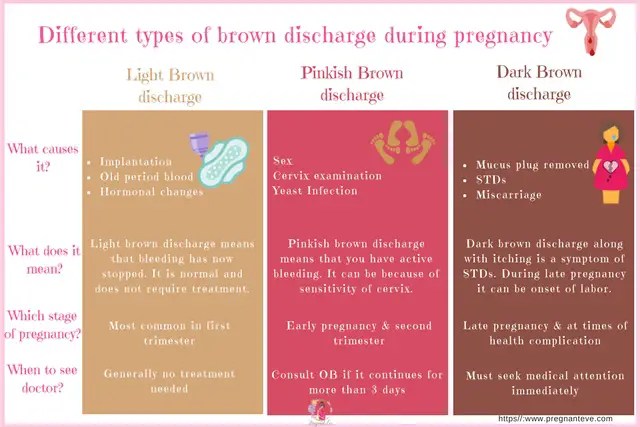 Chimsom T. Oleka, M.D, Written by Jane Flanagan — Updated on November 1, 2021.
Chimsom T. Oleka, M.D, Written by Jane Flanagan — Updated on November 1, 2021.
Ovulation and pregnancy - methods for determining the relationship
Ovulation is the process of release of a mature egg from the follicle in the ovary. This phenomenon occurs once a month, around the middle of the menstrual cycle. The beginning of the cycle itself is counted from the first day of menstruation to the beginning of the next. And if we take the average menstrual cycle equal to 28 days, then ovulation with it will fall on about 13-15 days.
How to determine the onset of ovulation when planning a pregnancy
The physiological and hormonal cycles of each woman are strictly individual. In addition, many factors can influence the duration of a single menstrual cycle: stress, colds and other diseases, nutrition, taking various medications, etc. Therefore, at the very beginning of the cycle, it is impossible to say with certainty exactly when ovulation will occur.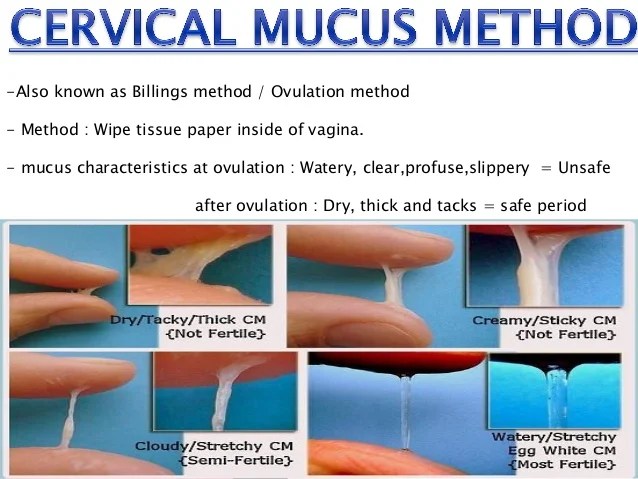 But there are several methods that can help you determine the exact start date.
But there are several methods that can help you determine the exact start date.
- Special diagnostic complexes , which measure the content of a certain type of hormone (luteinizing hormone) in the urine. Such kits can be purchased at almost any pharmacy, and they always contain detailed instructions for use. A positive result with such a diagnosis usually indicates that ovulation will occur within the next 48 hours. But such complexes have not too high reliability, so a false positive result is possible.
- Basal temperature measurement . This method must be applied over several menstrual cycles in order to subsequently plot changes in basal temperature. It must be measured immediately after a night's sleep, at about the same time every day. Based on your individual schedule, it is possible to determine the onset of ovulation with a high degree of probability. Usually, about a day before ovulation, the basal body temperature decreases slightly, and the immediate release of the egg is accompanied by an increase in basal temperature by 0.
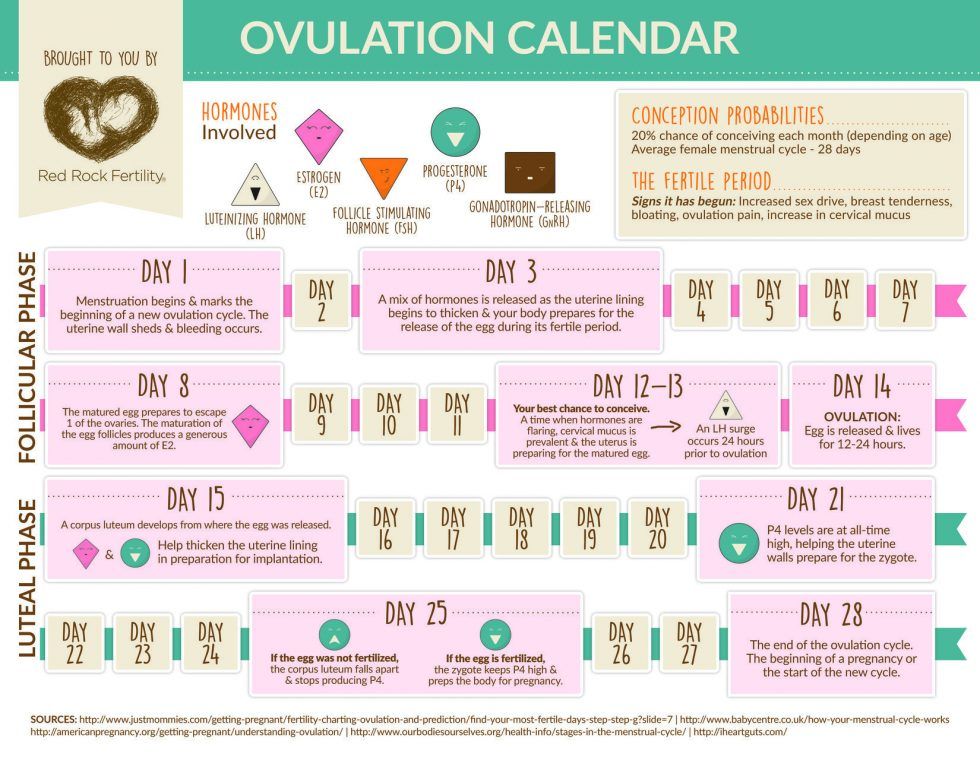 3-0.6 ° C. nine0014
3-0.6 ° C. nine0014
The relationship between ovulation and pregnancy
The period of release of the egg from the follicle and the following 24 hours is the optimal time for its fertilization and conception of a child. But, of course, not every ovulation ends in pregnancy. After all, a woman's body contains approximately 450 to 550 eggs, and all of them are already in her ovaries at the birth of a girl. This number determines the number of ovulations for her entire life, since once a month one of the eggs matures and becomes ready for fertilization. nine0005
An ovum that has left the ovary remains capable of fertilization for no more than a day, and spermatozoa retain this possibility for up to 72 hours. And it is during this period, that is, approximately 2-3 days before the onset of ovulation, that the efforts made by the couple have the highest probability of successful fertilization and the onset of pregnancy.
Our clinics in St. Petersburg
You can get detailed information and make an appointment by calling +7 (812) 640-55-25 nine0004
Make an appointment
Why pregnancy does not occur - an article on the LOTOS Medical Center
One of the reasons for not getting pregnant is the lack of ovulation.
All articles
One of the reasons for not getting pregnant is the lack of ovulation.
As a rule, endocrine diseases contribute to this, such as:
- hypogonadotropic hypogonadism (insufficient production by the brain of hormones that regulate the functioning of the ovaries), nine0014
- polycystic ovary syndrome,
- an increase in the hormone prolactin in the blood (hypeprolactinemia),
- thyroid disease (hypothyroidism),
- adrenal dysfunction, ovarian failure.
Patients may have the following complaints:
- irregular menstrual cycle, nine0011 rare menstruation,
- maybe even the absence of menstruation,
- weight problems: both underweight and overweight.
Other complaints are also possible: increased hair growth, acne, and others.
How to know if you are ovulating or not
There are several methods for determining ovulation. The easiest way to determine ovulation at home is to buy ovulation tests from the store. These tests are similar to pregnancy tests. nine0005
How they work
Before ovulation, there is an increase in the blood of the luteinizing hormone LH, which appears in the urine. An ovulation test detects the appearance of LH in the urine.
Which tests to use
There are many of them on the market, manufacturers Canada, China, Germany and others (Ovuplan, Clearble, Frautes, etc.)
Be sure to read the instructions! As a rule, all tests are reliable and informative.
When is the best time to do tests
Tests usually need to be done from the 12th day of the cycle if you have a 28-day cycle. If you have a short cycle (21-26 days) - from day 8.
If the cycle is long (30-34 days), then most likely you have late ovulation and may occur on days 17-21 or even later. Then the tests must be done from 14-16 days.
Moreover, it is better to do testing 2 times a day - in the morning and in the evening, so as not to miss the LH peak (for some it is short).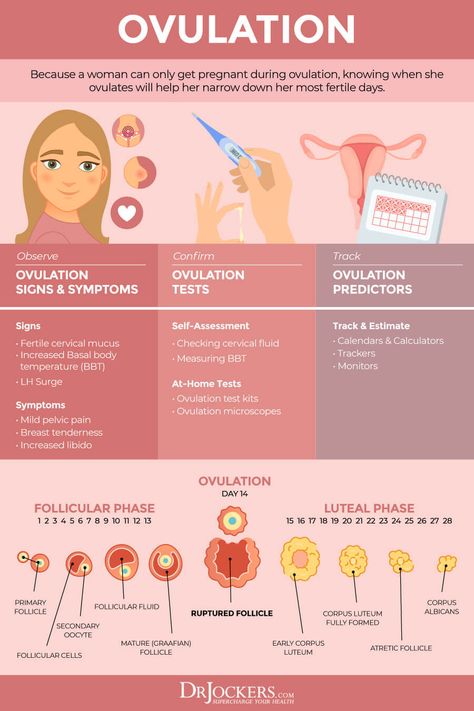
How to decipher test scores
If you have 2 strips, then the test is negative and there is no ovulation.
If a second strip appears, but it is not as bright as the first, then the test is also negative. In this case, it is necessary to continue doing tests until the two strips are the same color.
As soon as the color of the stripes becomes the same or approximate in color - Hurray, the test is positive!
In the next two days, you will ovulate. We have sex, have fun and visualize how a new life is born in us. And everything will work out! Good luck and success to all! nine0005
Whether tests are false negative or false positive.
Unfortunately yes. Therefore, ovulation should be tracked in several ways.
Ultrasound ovulation monitor
This method is quite efficient and clear.
Briefly about physiology. On the 10-12th day of the menstrual cycle (a standard menstrual cycle lasting 28-30 days), a dominant follicle appears in the ovary - this is the largest follicle in which the egg will mature.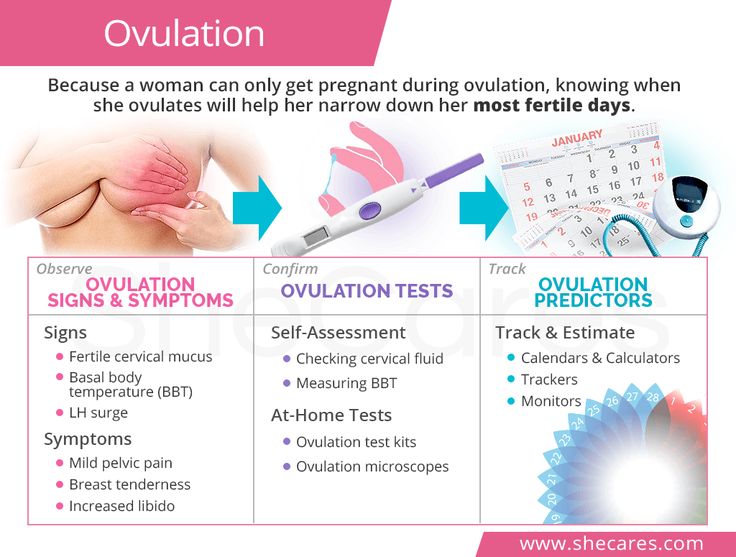 The follicle grows about 2 mm per day, ovulation can occur when the follicle size is 17-25 mm. The follicle secretes a very important hormone called estradiol. In the uterus, under the influence of estradiol, the endometrium grows (this is the inner lining of the uterus, where the processes of attachment of the embryo take place). The endometrium immediately after menstruation is approximately 5 mm, as the follicle grows (increase in estradiol concentration), the thickness of the endometrium increases from 5 mm to 8-12 mm; this stage is called the proliferation phase. If ovulation has taken place, then the follicle turns into a "yellow body", and the "yellow body" begins to produce progesterone. Under the influence of progesterone in the uterus, in the endometrium, characteristic changes occur - the secretion phase begins. nine0005
The follicle grows about 2 mm per day, ovulation can occur when the follicle size is 17-25 mm. The follicle secretes a very important hormone called estradiol. In the uterus, under the influence of estradiol, the endometrium grows (this is the inner lining of the uterus, where the processes of attachment of the embryo take place). The endometrium immediately after menstruation is approximately 5 mm, as the follicle grows (increase in estradiol concentration), the thickness of the endometrium increases from 5 mm to 8-12 mm; this stage is called the proliferation phase. If ovulation has taken place, then the follicle turns into a "yellow body", and the "yellow body" begins to produce progesterone. Under the influence of progesterone in the uterus, in the endometrium, characteristic changes occur - the secretion phase begins. nine0005
We will be able to see these changes that occur with the follicle and endometrium on ultrasound!
If you come on the 12th day of the cycle, I will see a large follicle in the ovary, 10-12 mm in size - this is excellent! Then after 2-3 days we will see its growth and the growth of the endometrium, remember that the growth rate of the follicle and endometrium is about 2 mm per day.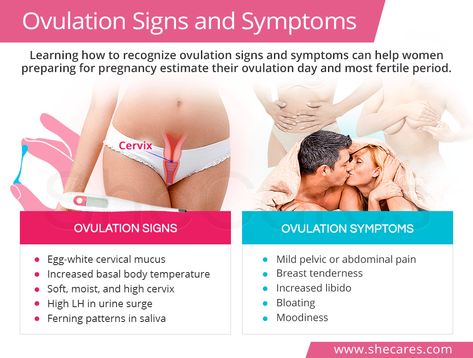 Having made an ultrasound on the 14-15th day, we will see that the follicle, which was 17-20 mm yesterday, has disappeared. This means ovulation has occurred. nine0005
Having made an ultrasound on the 14-15th day, we will see that the follicle, which was 17-20 mm yesterday, has disappeared. This means ovulation has occurred. nine0005
We will see the fluid behind the uterus, which also indicates that the follicle has burst. Further, having made an ultrasound scan on the 17-19-21 day of the cycle, we state that a corpus luteum has formed at the site of the burst follicle and characteristic changes have occurred in the endometrium. And if you, even at that time, did ovulation tests and if you still donate blood to determine the amount of the hormone progesterone, we will most likely decide that you had ovulation. So we need to look for another reason for the lack of pregnancy. nine0005
It is very important to do ultrasound monitoring along with testing. This will most accurately determine the presence of ovulation. The ultrasound machine is the most important assistant for a reproductologist. Sign up for an ultrasound with a reproductive specialist.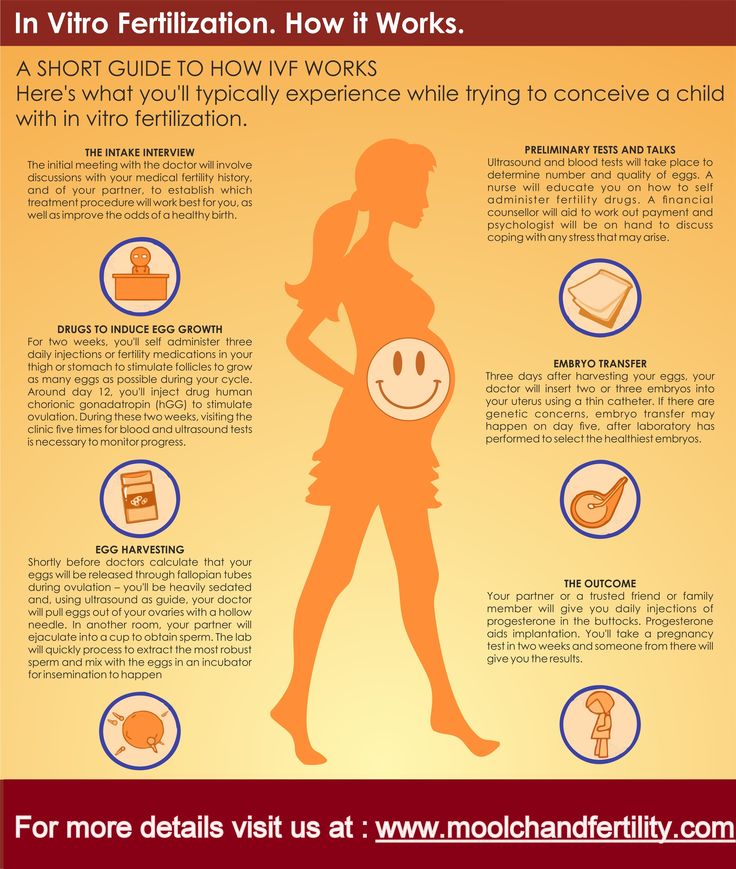
Ultrasound if no ovulation
It is important to do ultrasound monitoring for more than one month, but preferably 2-3. In general, a healthy woman can have 1-2 cycles a year without ovulation. With age, by the age of 40, the number of anovulatory cycles increases and this is the norm. nine0005
Earlier, I told you what we see on ultrasound, if everything goes right. Now let's talk about what's wrong...
- We can fix that there is a dominant follicle, it grows normally, but at a certain stage its growth stops, before reaching 17-20 mm. And then it starts to decrease (regress). This is a violation of ovulation by the type of follicular atresia.
- The dominant follicle grows, reaches the size of an ovulatory follicle, but ovulation does not occur and it continues to grow further, releasing estrogens, affecting the endometrium. Since the "yellow body" is not formed, the proliferation stage is preserved in the uterus. And prolonged stimulation of the endometrium by estrogens can lead to the formation of polyps in the uterus.

